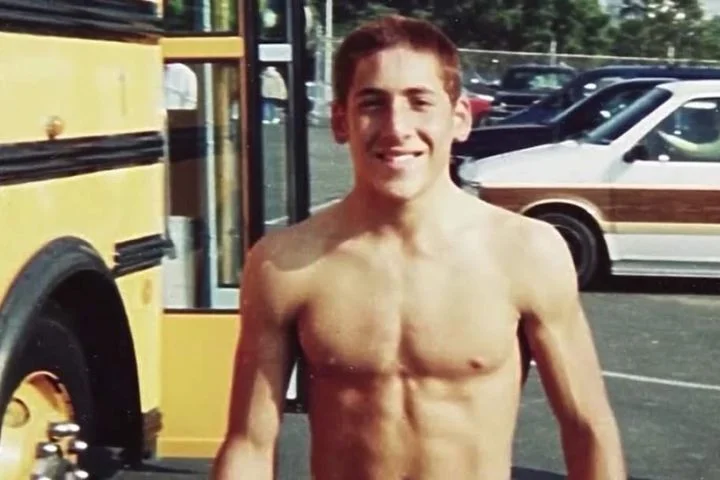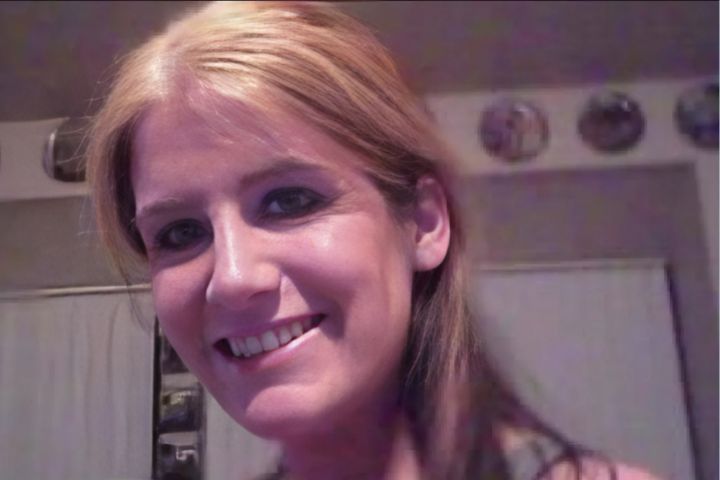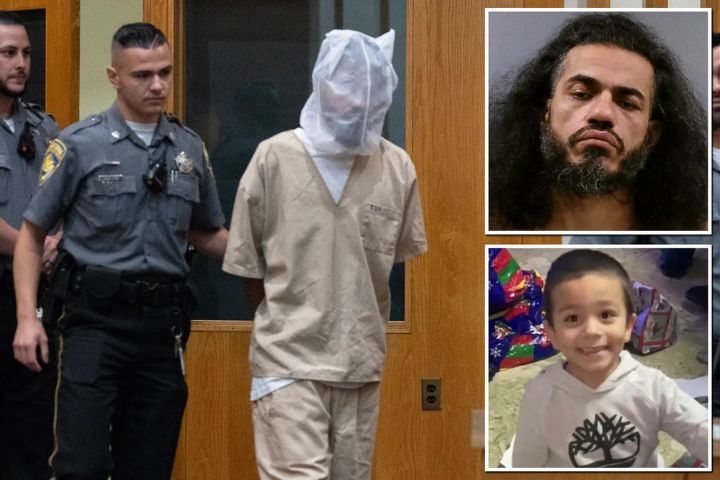The Golden Gate Bridge is a landmark of wonder and beauty. As you spot the impressive bridge, you know you are entering San Francisco. However, there is a darker side, its attractiveness to those attempting to take their own life.
Since records started in 1937, 1,800 people have ended their lives by jumping from the bridge. Psycom states for every person who commits s*uicide, 115 are affected.
On 25 September 2020, Kevin Hines contemplated s*uicide for the third time and travelled towards the bridge. He was about to make history as one of only thirty-five people who survived jumping. His survival was helped by the most unlikely of sources.
The Jump
Kevin jumped onto the bus heading for the Golden Gate Bridge with a hundred others. ‘I was hoping that someone would stop me. I was crying my eyes out, yelling at the voices I was hearing,’ he said.
Nobody said anything to him; they were laughing at his pain. He had previously tried to take his life twice in 1999 but had been rescued both times.
The nineteen-year-old paced the walkway for nearly forty minutes, contemplating jumping. When he was sure, he leapt over the 4ft rail and fell twenty-five stories at 80mph, the drop four seconds.
As soon as he jumped, Kevin knew he had made a mistake. Angling his body, he hit the water feet first, hoping it would be enough to save him.
The Rescue
Kevin fell 240 feet in four seconds, crashing feet-first into the water below. He crushed three vertebrae, narrowly missing severing his spinal cord, and broke his ankle.
Kevin said he began to drown and found that he could not return to the surface when someone intervened to help. A sea lion in the water started to circle him, continually bumping him up to keep him afloat until the Coast Guard arrived.
The Coast Guard arrived and pulled Kevin to safety. He was taken to the hospital, where surgeons repaired his physical injuries. Four weeks later, he was admitted to St Francis Hospital in San Francisco, which was a psychiatric unit.
Kevin would find himself admitted to a further ten psychiatric units whilst he dealt with his depression, paranoia and hallucinations.
Mental Health Advocate
Seven months after his jump, Kevin gave his first talk to a group of seventh and eighth graders. He states he was petrified and thought the talk was a complete mess.
However, two weeks after the talk, the children sent him letters. Several of them told him his talk had made a difference to them getting the help they needed.
Kevin is now forty-one and works as a mental health advocate, motivational speaker and author. He travels the world speaking about su*icide prevention and mental health. He hopes his story helps keep others alive.
The last time he checked himself into a psychiatric unit was in 2019. Kevin says he falls back on this support when he can’t see a hopeful option. When he starts to imagine su*icide again, his wife will support him, and he goes to work on himself.
In 2017, construction started on a safety barrier on the bridge. It has taken 80 years and almost 2,000 d*eaths






